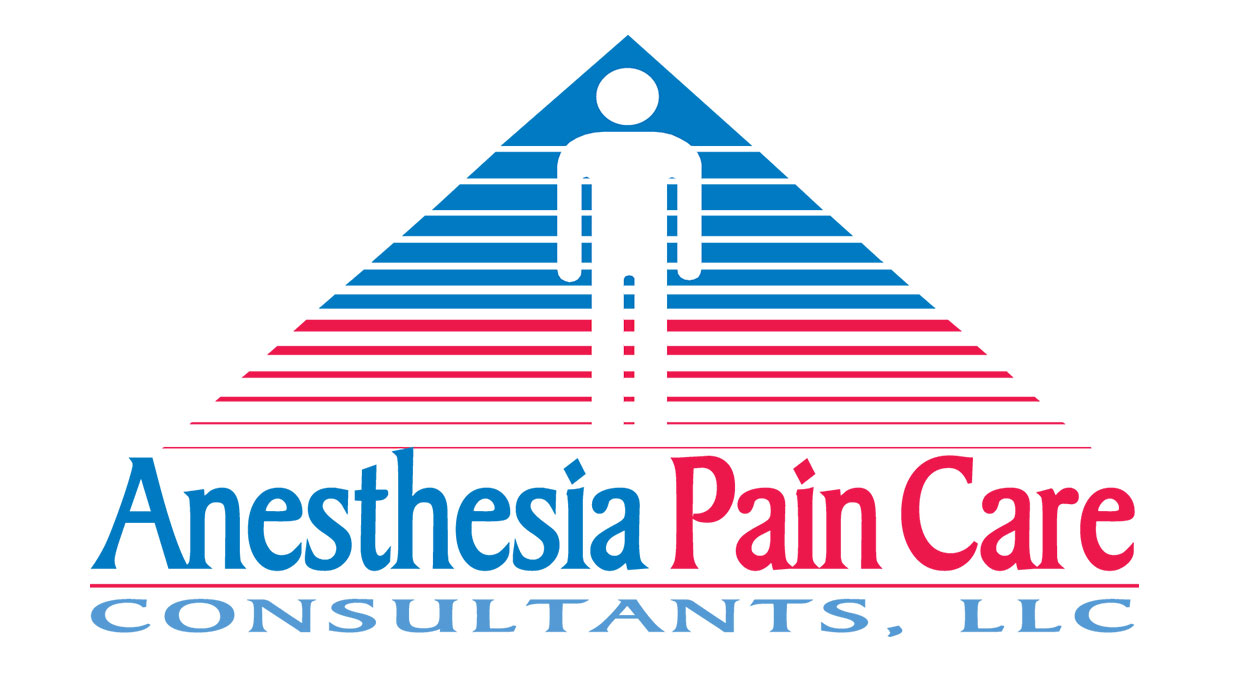 By Ira Fox, MD, DABPM, FIPP, ABIPP
By Ira Fox, MD, DABPM, FIPP, ABIPP
A recent article in the Sun Sentinel by Mike Clary illustrates the lengths that people in pain will go to obtain relief.
People living with chronic pain often feel helpless for many reasons: prior medications were ineffective, the thought of surgery was too frightening or surgery failed to relieve their pain.
However, many pain conditions can be effectively managed by a medical doctor or interventional pain management specialist, and opioids under a doctor’s supervision can play a major role in reducing pain.
The first step in treating chronic pain is to accurately diagnose the condition. This can be done with a host of tools including scans, fluoroscopically guided interventional techniques, and equally important, dialogue with the doctor. Once properly diagnosed, the physician may in certain situations prescribe opioids such as oxycodone or fentanyl. It is imperative that patients closely follow the instructions and dosage indicated. Patients who overuse the opioid medications often find a reversal in benefits. Overuse can in fact exacerbate pain and cause an eagerness to take more.
Many have found relief through interventional pain management techniques such as epidural steroid injections, radiofrequency lesioning, spinal cord stimulators, intrathecal pumps and other minimally invasive procedures. Dedicated physicians at the World Institute of Pain are tirelessly looking for ways to alleviate pain in both advanced and developing countries. Members work together with physical therapists and psychotherapists to provide protocols to treat and cure chronic pain conditions. The collaborative efforts have reduced pain for millions of people. In fact, in 2012, the 6th World Congress of the WIP created a statement known as the “Declaration of Miami,” which pledged the resources of global medical professionals to join forces for better pain treatment and the promotion of pain medicine throughout the world.
Too many people develop a dependency on opioids and other painkillers, and the reality is that there is no age group immune to pain – or addiction. Interventional pain management is an option too many never consider.


